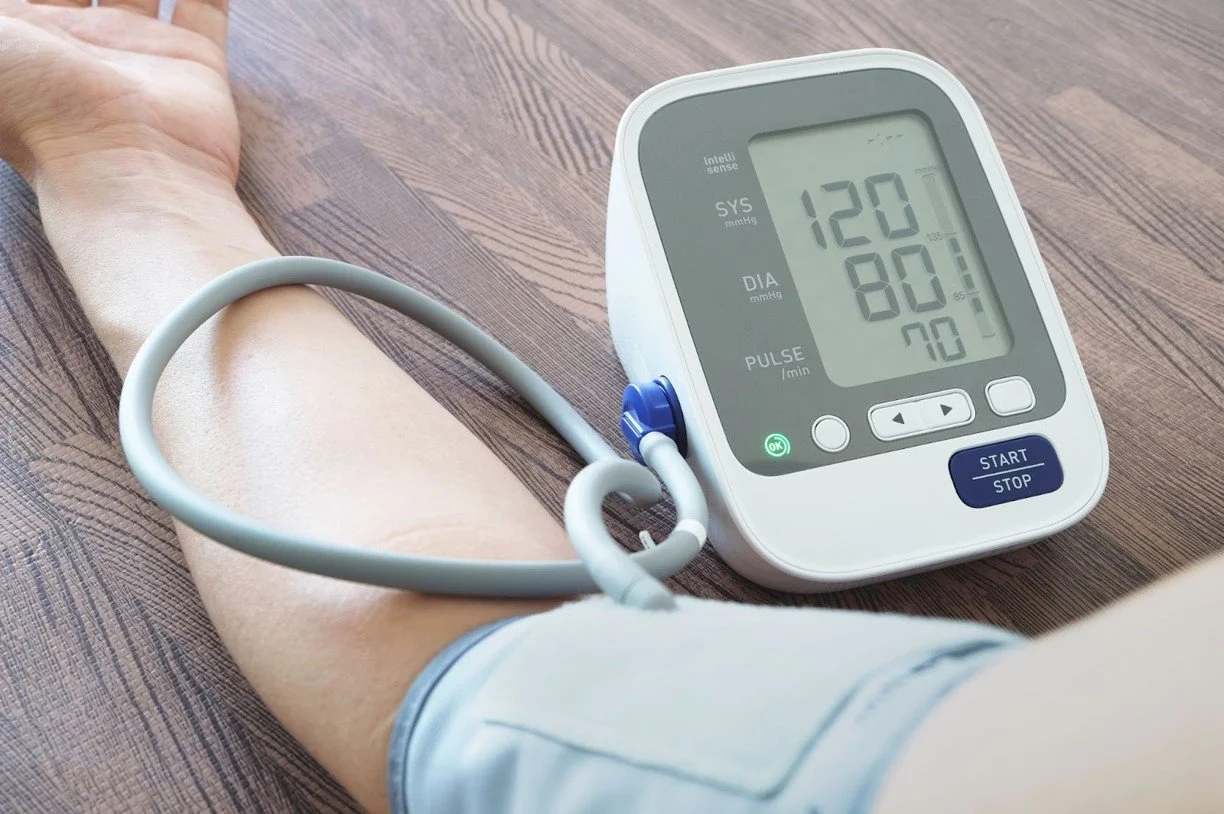The Importance and Benefits of Home Blood Pressure Monitoring
Maintaining good health involves monitoring various aspects of our well being, and one critical measure is blood pressure. Have you ever noticed that you get your blood pressure checked at every single doctor appointment? That is because high blood pressure is so common. In fact, it is now thought that 50% of Americans over the age of 20, about 122 million Americans, have high blood pressure! We also check blood pressures routinely at medical appointments because patients often have NO symptoms of high blood pressure, yet it is a leading cause of heart disease, stroke and kidney disease. For decades, high blood pressure has been referred to as “The Silent Killer.”
In recent years home blood pressure monitoring has emerged as a convenient and effective way to keep track of this vital health metric.
who might benefit from home blood pressure monitoring?
Anyone who has been diagnosed with high blood pressure
You are starting or adjusting your blood pressure medication
You are changing your diet or exercise habits and want to see how they are impacting your blood pressure
You have pre-eclampsia or pregnancy-induced high blood pressure
When you get anxious at the doctor’s office or may have what is called “white coat hypertension”
how does home blood pressure monitoring work?
A blood pressure monitor, or what is called a sphygmomanometer, works by temporarily stopping the blood flow in your arm artery using the pressure from the cuff.
Your systolic blood pressure (the number on top) occurs at the first pounding of your heart. Your diastolic blood pressure (the number on bottom) occurs when the heart beat stops and the cuff’s air pressure is below the blood pressure in the artery. Together these numbers make up your blood pressure.
A normal blood pressure is 120 systolic/80 diastolic.
What should I know about a home blood pressure monitor?
There are many different types and brands of blood pressure monitors you can purchase.
We recommend that most patients purchase digital monitors. These are easy to use as your blood pressure reading is digitally displayed on the screen. Most digital monitors will also store your readings so you can go back and review them later.
We do not recommend wrist cuffs but recommend cuffs that are placed on your upper arm as these are generally more accurate. There are also many different brands of home monitors.
Consumer Reports often places the Omron brand at the top of their list for accuracy and we have found that patients find these easy to use and affordable as well.
tips to ensure your readings will be accurate
Ok, so you’ve decided to take the leap and start checking your blood pressure at home. Here are some tips to ensure your readings will be accurate.
Sit for 5 minutes first
Put your feet flat on the floor and don’t cross your legs
Place your bare upper arm at heart level and make sure it is in a resting position and supported
Relax your arm muscles
Don’t talk!
And make sure you haven’t smoked, had a caffeinated beverage or exercised right before checking your blood pressure (or had a fight with your spouse 🙂)
Be sure to write down your readings so you can discuss them with your doctor
We love when our patients decide to begin monitoring their blood pressures at home! We feel this provides us with more comprehensive and accurate data on our patient’s blood pressure patterns over time. By monitoring at home, a patient can obtain more reliable and representative readings in a relaxed environment, helping health care professionals make better informed treatment decisions.
Additionally, regular home monitoring fosters better patient-doctor communication. Patients can share detailed, longitudinal data with their healthcare providers during routine visits, facilitating more personalized treatment plans. This collaborative approach enhances patient engagement and encourages proactive management of hypertension.


